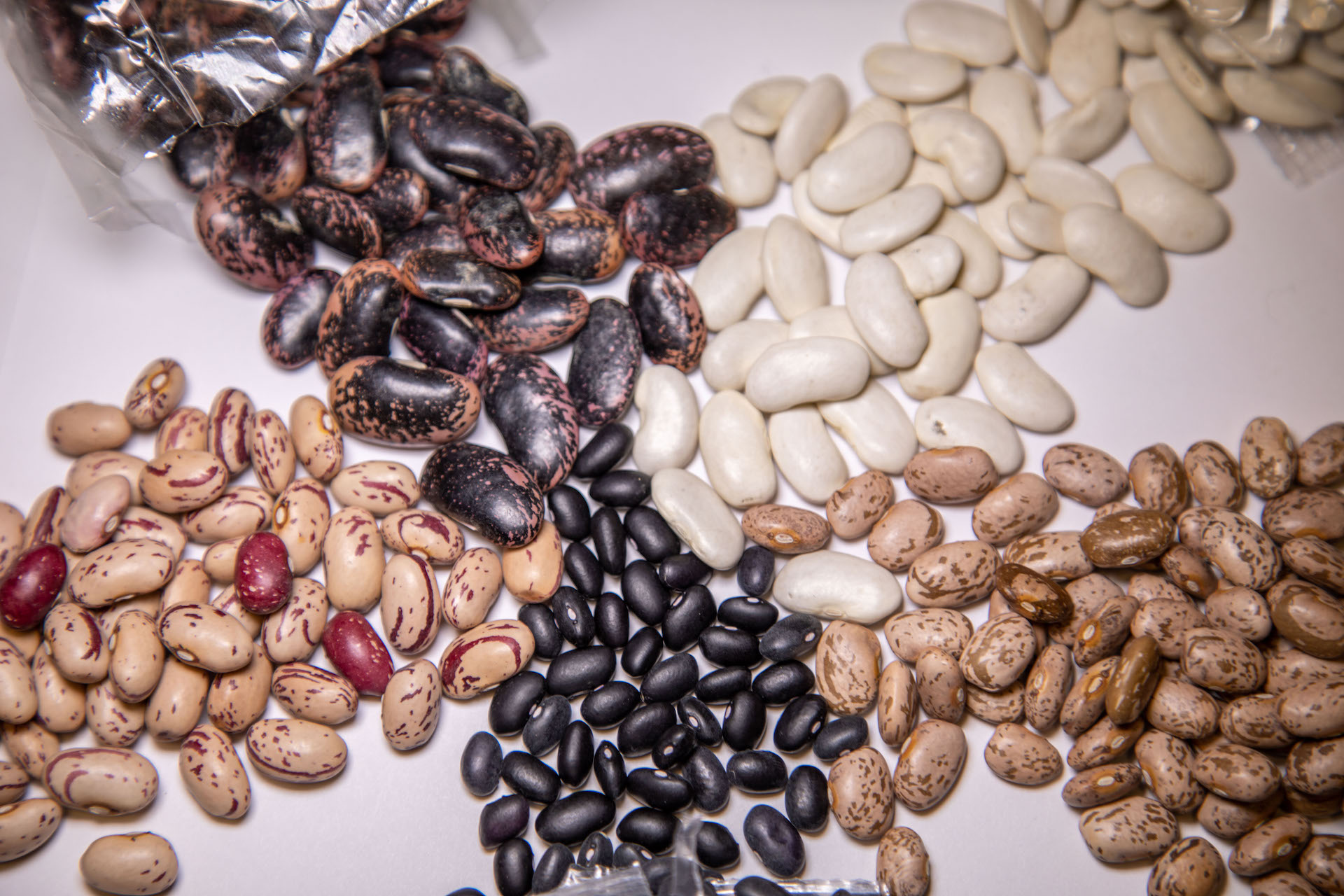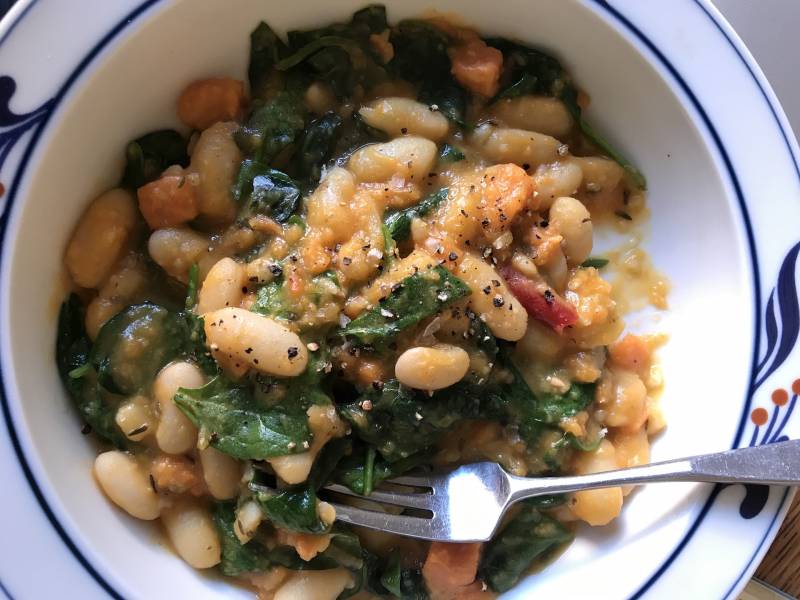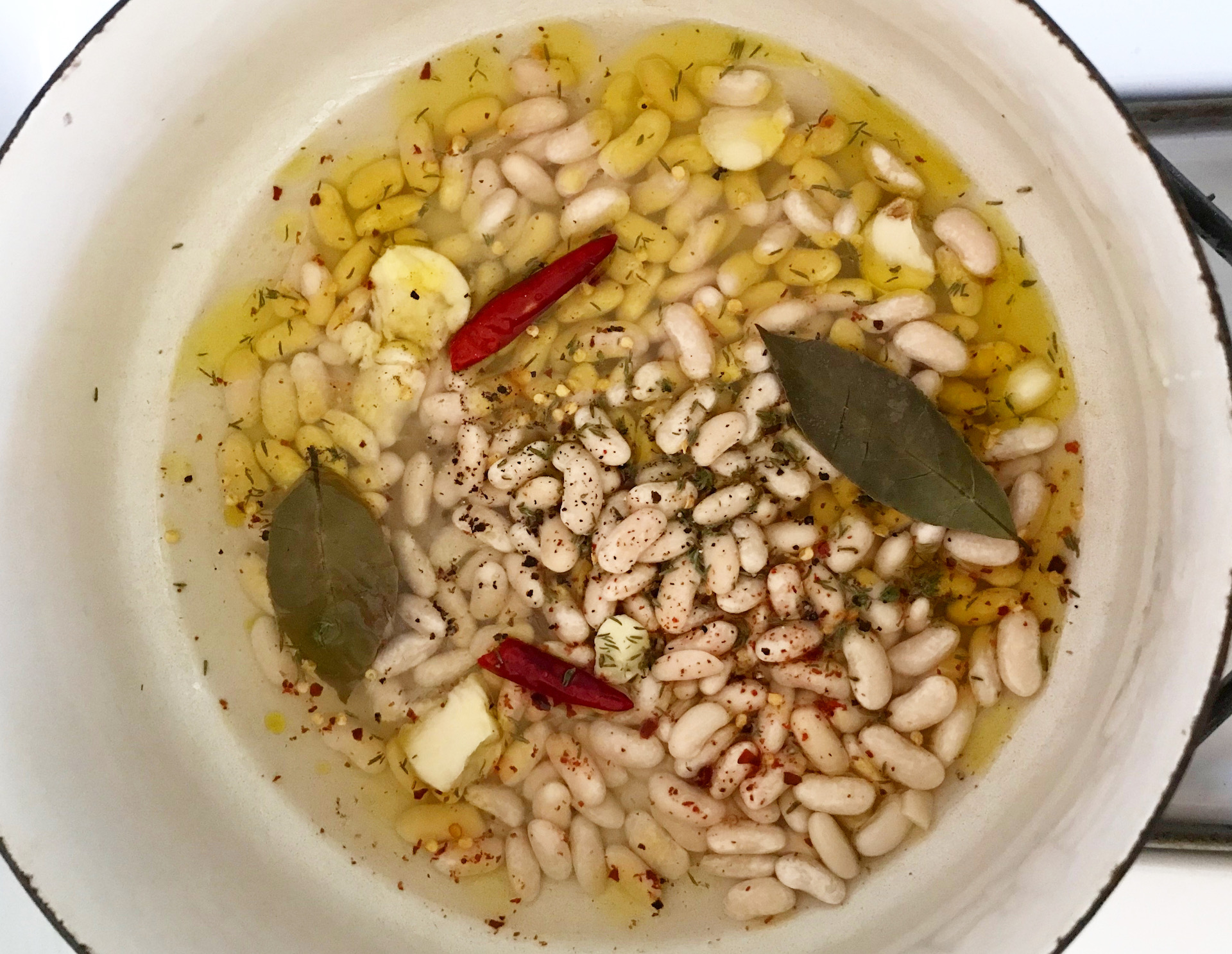I don’t know what took me so long to start cooking beans, but 2019 was the year I couldn’t stop.
I’d enjoyed legumes of many different sizes and colors in my dining experiences, but aside from my trusted lentils, I never bothered to prepare beans at home, writing them off as too much work. Instead, I stocked cans of fava beans to make ful for breakfast and, on occasion, I’d buy canned white beans that served as non-perishable protein provisions rather than thoughtful meals. But last year, after cooking my first pot of beans, what seemed like a daunting task became a ritual that reframed my understanding of time.
Beans seem as old as time itself. Found inside Aztec and ancient Egyptian tombs, the much-fabled bean is one of the oldest cultivated plants in the world. Over the course of tens of thousands of years, beans have acquired reputations both as sources of life and death (the latter may be due to the naturally occurring toxins in their undercooked form).
When I hold a handful of beans these days, I often feel in awe of the history they contain. Like looking up at the stars in the night, beans make me feel both small and connected to something much bigger than I can grasp.

My year of cooking beans was partially spurred by my friend Rebecca, who shares my love of a well balanced, home-cooked meal, and encouraged me to make them from scratch. I remember the ease with which she described soaking and making them now as I evangelize to others about how simple it really is.

